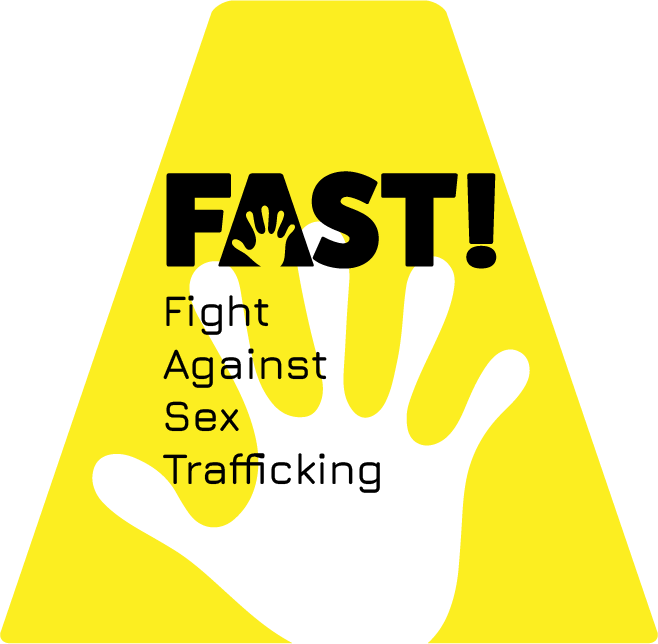Human Trafficking Data Conference. More than 100 law enforcement agents, nonprofit organizations, government officials, researchers, data scientists, and other stakeholders attended the inaugural SMU Human Trafficking Data Conference, held to explore innovations in using data to combat human trafficking. Guest speaker Chris Lim, director of research and policy at the Institute for Shelter Care, emphasized the importance of accurate data: “If we don’t get the facts right, we don’t get the solutions right.”
Sponsored by Thomson Reuters, the June 3-4 conference at SMU brought together experts to discuss how quality data can help end human trafficking. The U.S. Department of State estimates 27.6 million people are trafficked globally for labor and sexual exploitation.
There is a lack of data sharing
Conference organizer Beth Wheaton-Páramo, an economist leading the SMU Human Trafficking Data Research (HTDR) Project, highlighted the wealth of data available on trafficking-related factors but noted the lack of data sharing. Many datasets exist, covering socioeconomic variables, financial transactions, and geographic information, yet sharing is minimal, and poor-quality data often perpetuates misinformation.
Attendees from diverse disciplines discussed methods to improve data quality and sharing. Researchers presented innovative projects, including tracking illicit businesses and using health data to combat trafficking. Kim Duchamp from the Human Trafficking Institute valued networking with new colleagues, emphasizing the importance of such connections for training law enforcement and prosecutors.
This initiative aims to significantly advances
Wheaton-Páramo and SMU Research Technology Developer Mateo Langston Smith showcased a federally funded data warehouse created with a $1.187 million grant from the Department of Justice National Institute of Justice. This warehouse centralizes trafficking data, providing a secure platform for researchers, law enforcement, and anti-trafficking experts to store data, analyze trends, and collaborate. Enhanced by AI, machine learning, and statistical research, this initiative aims to significantly advance the fight against human trafficking.



